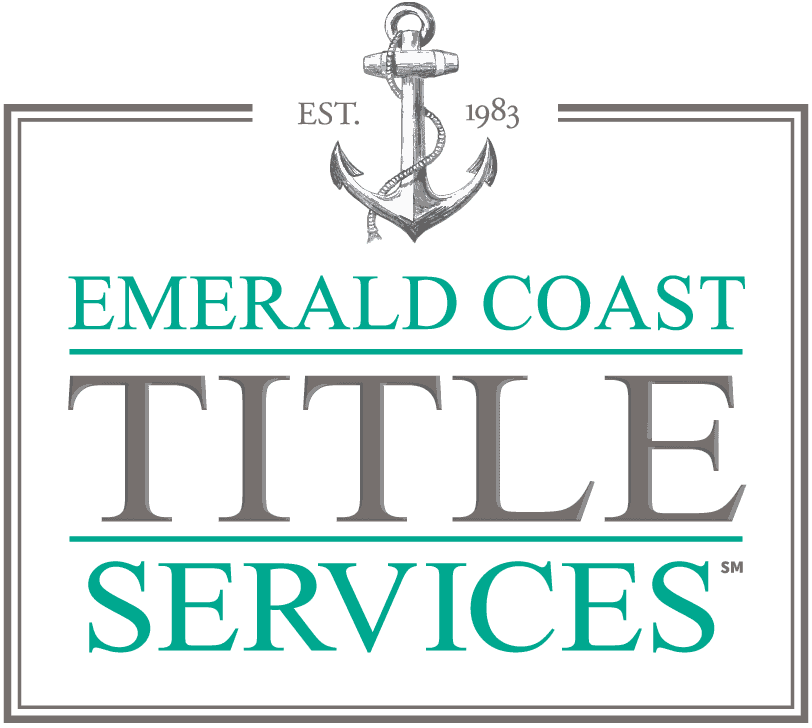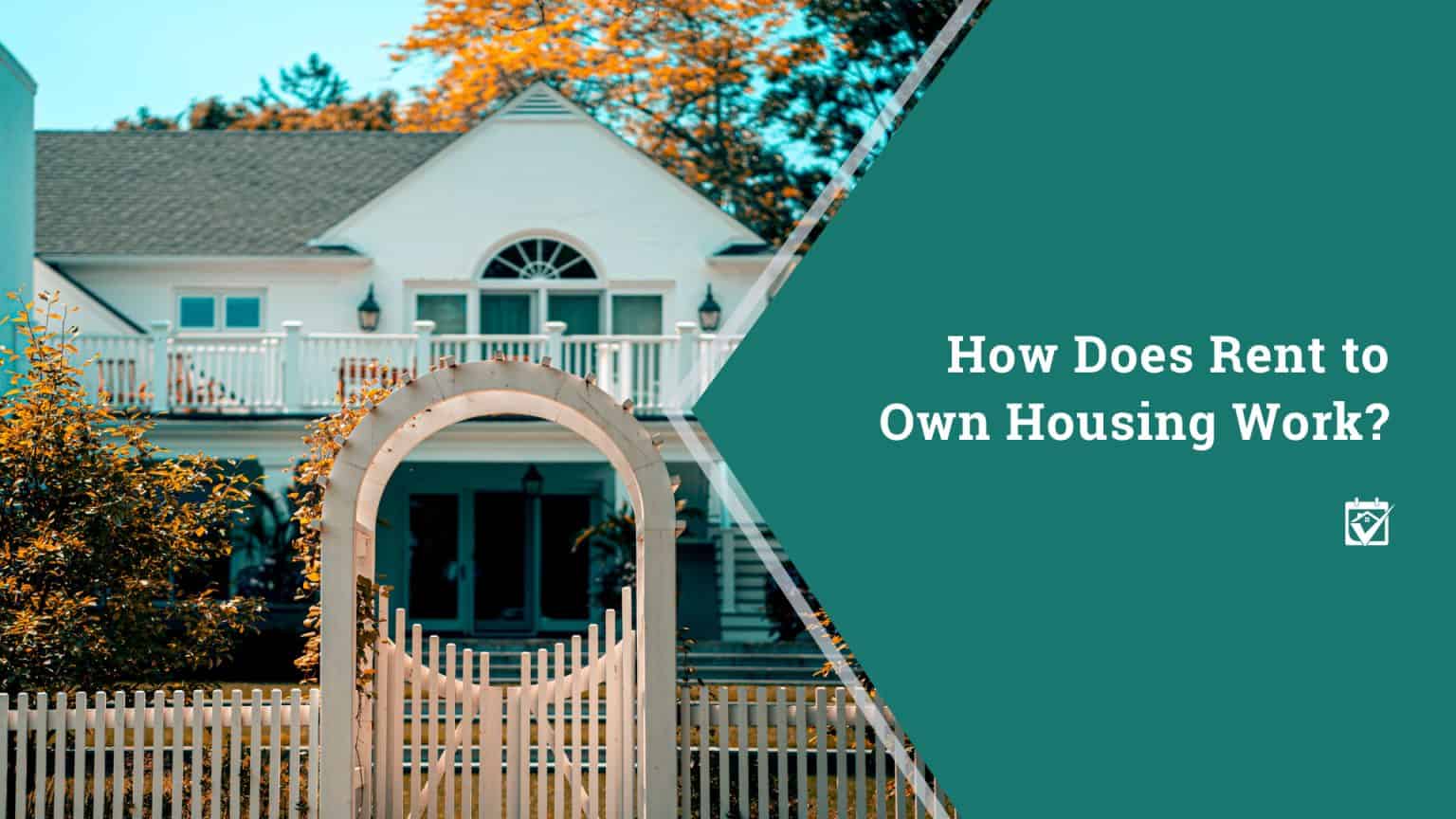Buying a home is a big deal, especially for those who have had credit problems in the past. The most common way to buy a home is with a mortgage loan, which requires both a credit score that the lender finds acceptable and enough cash on hand for a down payment (and usually some other costs). For some, this can be a barrier to home ownership because they either have previous credit problems or are unable to get the cash together to cover down payments and other costs. Fortunately, there are some alternatives available.
One option that can put home ownership within reach is rent to own housing. As the name implies, this provides an option where the would-be homeowner can actually take possession of the house as a renter before the purchase is finalized. While this may not be available as an option for everyone, here are some details about rent to own housing in case you’re considering a rent to own purchase.
The Basics
The basic idea behind rent to own housing may seem pretty simple. Instead of having to buy a house outright, you rent the home from the current owner instead, in much the same way that you would if you were only acting as a renter. The rental payments that you make typically cover both the cost of rental and pay a portion toward the asking price of the home itself. After a specified period of time has passed, you will either have paid off the balance of the property or (as is more common) will have a final lump-sum payment to make that finalizes the purchase of the house.
The Rental Contract
The lease that you sign when entering into a rent to own agreement is a bit different than your standard rental agreement. In most cases, you will agree to stay at the home for a longer period of time than your standard lease, and you may have an initial up-front payment to make that goes toward the cost of the house as well. The contract will detail exactly how much the owner wants for the home, what percentage of your rent will go toward that amount, and will also provide information about how you’re actually buying the house when the lease ends.
Option to Buy
In most cases, a rent to own contract features what’s known as an “option to buy” which gives you the option to pay any remaining cost to finalize your home purchase when the lease ends. Depending on the wording of the contract, you may also have the option to pay off that balance early and finalize the purchase even if the lease isn’t yet set to expire. You do need to be careful and read and pay attention to the details of this, however. While a “lease-option” contract like this gives you the option (but not the requirement) to buy at the end of the lease, some contracts actually contain what’s known as a “lease-purchase” clause, under which you have a legal obligation to buy regardless of whether you can actually afford it.
Maintenance Requirements
When you rent a home, maintenance and other upkeep is generally the responsibility of the landlord. In a rent to own situation, however, the lease will sometimes specify that the would-be homeowner is responsible for some or possibly all of the upkeep and maintenance instead. You may even encounter sellers who gradually shift the responsibility to you the longer you stay in the property, though this is less common than some other setups. Still, it’s important to know from the start who is going to be responsible for things that come up before the lease expires.
Getting Your Rent to Own in Shape
Depending on the terms of your rent to own contract, you may end up with some things around the house that you’ll need to fix yourself.

